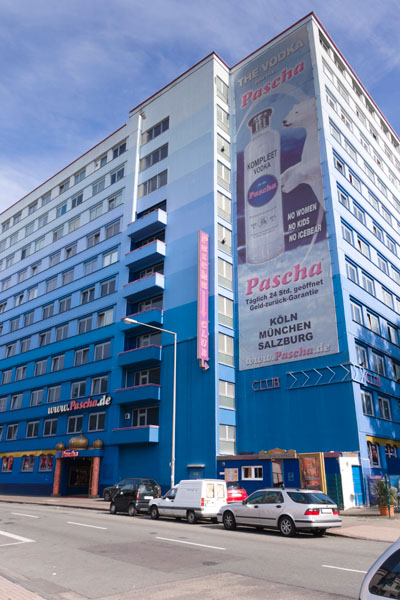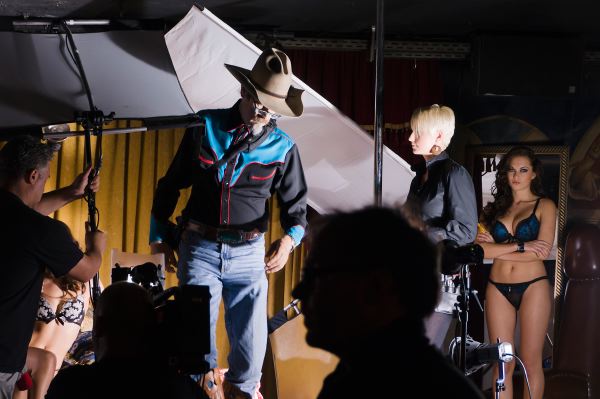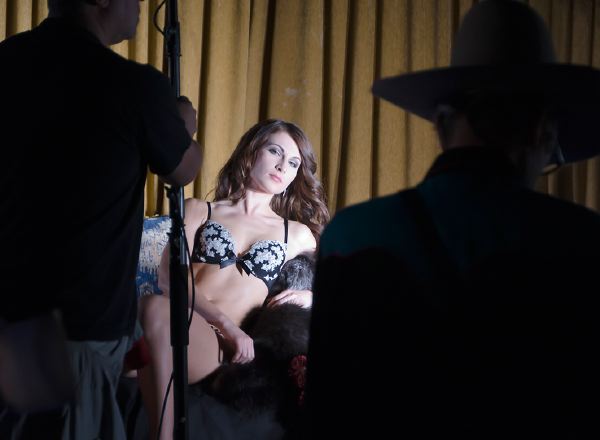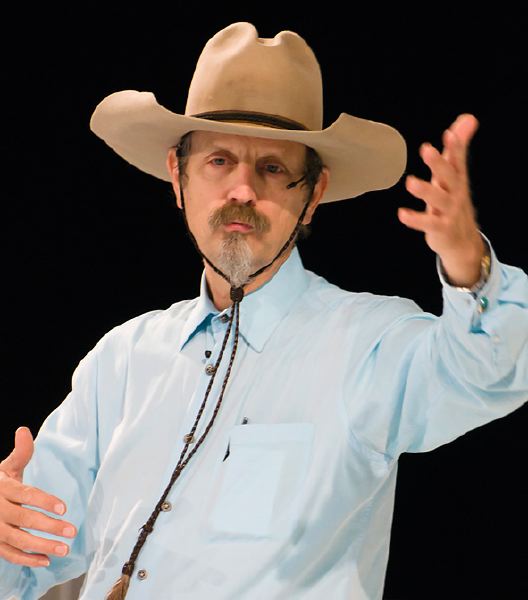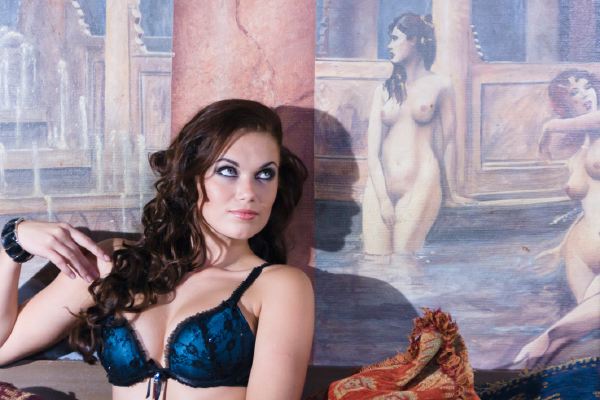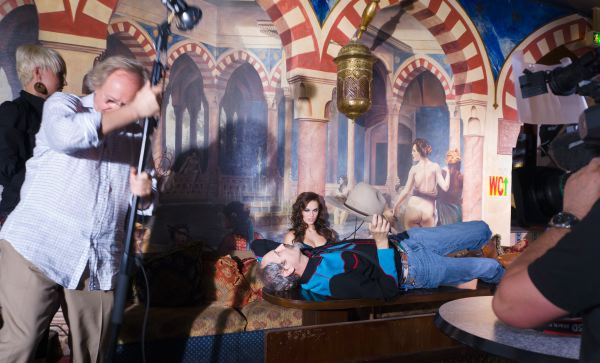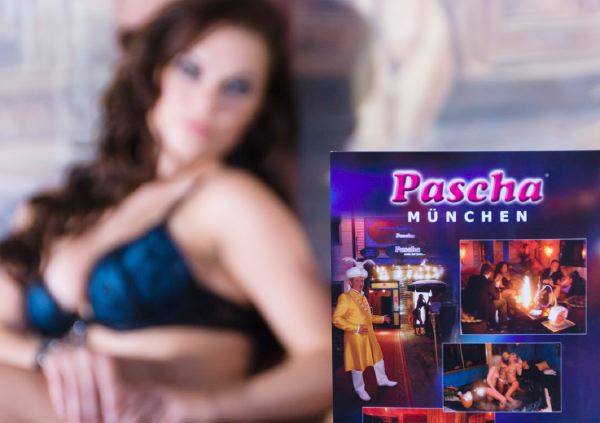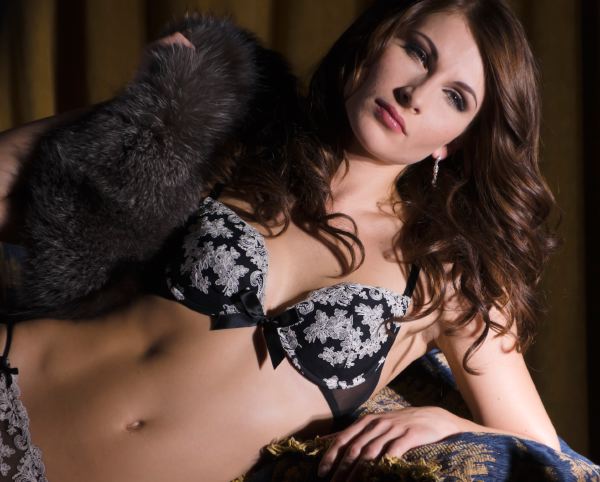Sony updates RX1 and RX100, adds new flash
In a move which will not delight many owners of the 2012-released RX1 and RX100 cameras, Sony has chosen to update both of them in fairly subtle ways which improve performance without changing the basic lens specifications at the heart of each camera. The makeover to produce the RX100 II is more thorough, and includes a tilting rear screen, a new back-illuminated version of the 1.0 inch CMOS sensor, and a Multi Function Accessory Shoe which can power an electronic viewfinder or other accessories. It also features WiFi and Near Field Communication for transferring those tiny 20 megapixel files to your smartphone, perfect for direct upload to Facebook (just shoot Small JPEGs instead, keep the big raw files untransferred).
You can view the European press release about the RX100 II here.
The RX1R is less thoroughly upgraded, as it’s basically an RX1 with the low-pass (AA) filter removed. Got to admit that we could have sworn Sony originally said, at photokina, the RX1 did not have an AA filter. Its performance seemed to back that up. Then, in the release version (which was very different from the September 2012 pre-production models, even in control details) this was moderated to say that there was a special low strength AA filter. Now, in the RX1R, the AA filter is definitely removed and some new processing added to combat the resulting increase in moiré and colour artefact production which always goes with the absence of the filter. Nothing else is changed; the two models are very similar to Nikon’s D800 and D800E, and like them will be available side by side. The RX1R does not replace the RX1. Whether owners of RX1 will see it quite that way, who knows?
At this level of camera, there will be plenty of buyers who want to have BOTH bodies. Just as, with the RX100, despite version II not having the imaginary extra lens range dreamed about by those who don’t realise what’s involved, there will be many buyers for the new model who will pass the original on to a family member or keep it as a spare.
See the press release about the RX1R here.
Finally, there is a new HVL-F43M flashgun with the now familiar rotating head design first seen on the HVL-F58AM. This slightly smaller but almost as powerful flash unit has the Multi Function Accessory Shoe (and can now therefore be used with both the above Cyber-Shots as well as NEX-6, A99, A58 and future SLT/NEX/Cyber-Shot models). It has an LED light for video, also useful for modelling when using flash off camera – but get our latest issue of Cameracraft, No 4, to read my detailed article on how the quality of LED light compares to other sources!
A question which remain unanswered is – when will Sony introduce the shoe fitting GPS module which is already provided for in the pinouts of the Multi Function Shoe, on the NEX-6, RX1, Alpha 58 etc? Having this on the market would certainly make the RX100 II even more of a must-have upgrade.
Be warned (perhaps by our review of the Alpha 58) that the promoted Tri-Luminos colour display compatibility – a change in the camera’s RGB sensor filters and processing – may not necessarily make for better colour with other devices, or for printing. It’s a good reason to buy a new Sony television but not an especially good reason to prefer the new models over the old non-Tri-Luminos type.
Finally, having removed the AA filter from the RX1 to create the RX1R, we must await the arrival (or non-arrival…) of the Sony Alpha 99R. That would be logical now that a refresh to new models seems to be called for after only 6 to 12 months on the market. Perhaps that is a bit cynical. What often happens in this industry is that a product will be revised when stocks of all the components for the original batches are used up, and not enough finished product is in the pipeline to satsify predicted demand.
The RX1 and the RX100 have both been runaway successes worldwide and it may be that new production was commissioned and presented a chance for hardware changes. Firmware updates for existing owners? A second priority, but don’t give up hope…
– David Kilpatrick
To discuss this on the Photoclubalpha Forum, go to (but remember it may take a day to be activated if newly registered):
http://www.photoclubalpha.com/forum/viewtopic.php?f=3&t=7770


